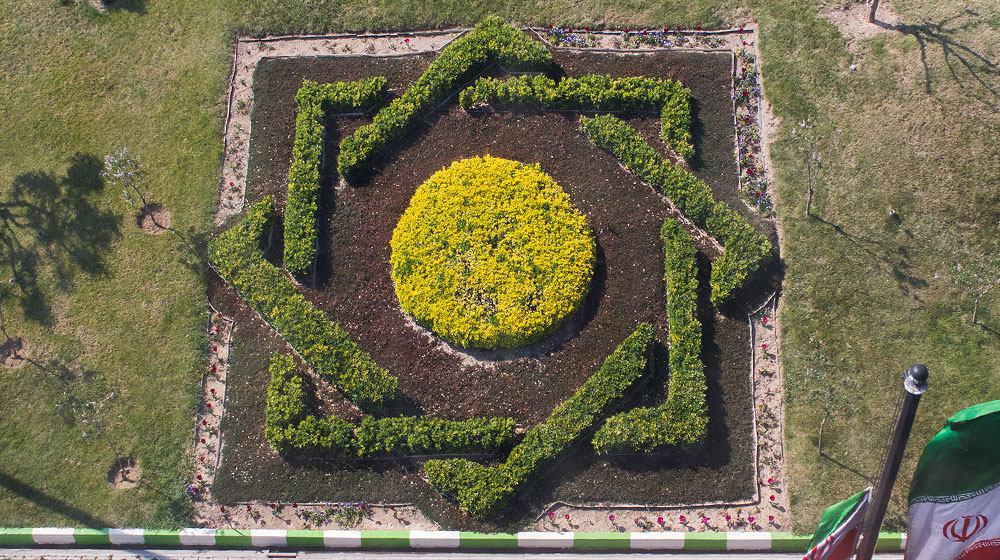Data released by the Central Bank of Iran for the month ending January 19 put banks’ total foreign assets at 2.3 quadrillion rials ($61.5 billion) by January 19, marking a 6% growth compared with the same period of last year.
Private banks and non-bank credit institutions account for the biggest share of financial institutions' foreign assets at 1.5 quadrillion rials ($40 billion). These institutions owned 62.83% of the total figure, showing a slight growth of 1.7% compared with the previous year's figures.
The five specialized banks owned by the government have experienced a 22.6% surge in their foreign assets year-on-year to reach 533.8 trillion rials ($14.27 billion), accounting for 23% of the total sum. The smallest share of foreign assets goes to the three commercial state-owned banks at 14.17%.
The Iranian private sector's deposits in banks and non-bank financial institutions reached 11.64 quadrillion rials ($310 billion) by January 19, marking a 26.6% growth year-on-year.
Private lenders accounted for 71.6% of the savings, whereas commercial state-owned banks and specialized banks accounted for 18.5% and 9.8%of the total deposits, respectively.
According to CBI data, the amount of term deposits grew by 25.8% compared with the previous year, whereas the figure had recorded a 9% growth during the six months ending January 19.
A year ago, long-term deposits accounted for 53% of the total term deposits, which kept the balance in its favor against short-term deposits over the past year. However, the figures gradually swapped places until finally this month when short-term deposits got the upper hand and accounted for 51% of term deposits.
The trend indicates a shift toward short-term deposits, possibly a fallout from the imposition of new caps on long-term interest rates that put investors in a dilemma, trying to figure out the investment with the most returns.
The total amount of Qarzol-Hassaneh (interest-free) deposits has also increased by 25.8% year-on-year, since the banks are trying to attract cheap resources.
Liquidity and Loans
According to the CBI report, the upward trend of liquidity growth continues unchecked. The figure for money supply surpassed 12 quadrillion rials ($320 billion) by January 19, marking a 26% leap compared with the previous year's figures.
The growth in broad money supply has prompted fears about a recurrence of double-digit inflation after the country achieved single-digit inflation in June after nearly three decades.
Among all the types of loans extended to applicants, Musharakah or partnership loans had the biggest share, accounting for 42.1% of lenders' loan books.
Musharakah is a joint enterprise or partnership structure with profit/loss sharing implications that is used in Islamic finance instead of interest-bearing loans. It allows each party involved in a business to share in the profits and risks.
Figures also show that banks were keeping 1.289 quadrillion rials ($34.5 billion) with CBI in reserve requirement. The amount grew by 21.2% compared with the previous year’s 1064.1 trillion rials.
Arrears
The burden of the government's payment arrears to CBI lightened, posting a drop of 17 trillion rials ($450 million). The decline marks a monthly drop of 2.8% but a year-over-year comparison shows that the figure climbed by 10.7%.
The figures also show that government arrears to the whole banking system (which includes banks and CBI) witnessed a reduction. Although the figure dropped by 8.5 trillion rials ($230 million) compared with the previous month's figure, it still indicates a 24% growth at an annualized rate.
However, the government's payment arrears to banks and non-bank financial institutions grew by 9 trillion rials ($215 million) month-on-month, showing that the picture still looks bleak and that the administration has a tough job curbing its debt problem.
The government owes 42.3% of its debts solely to private banks. Specialized banks and commercial state-owned banks hold 31.8% and 25.7% of the total debts, respectively.
This is while the government will issue Islamic bonds in the near future to help repay its debt to banks.
The government’s debt to the banking system, coupled with roughly the same amount in non-performing loans and the operation of unauthorized financial institutions, has crippled Iran’s financial system and led to poor business performance.
Debts to CBI
The report indicates that lenders owed a sum of 1.1 quadrillion rials ($29.2 billion) to the central bank by the end of the Iranian month of Dey (Jan. 19), up by 30.5% compared with the correspondent figure of last year.
During the early months of the current fiscal year (ending March 20), growth in debts of lenders to CBI reached 5%.
These statistics indicate that lenders have been facing difficulties in absorbing resources during the current year, which led to overdrafts from CBI.
The average monthly growth of debts of banks and credit institutions to CBI has been reported at 3% during the current fiscal year. However, the figure hovered around 4% after August 2016. This is while the average monthly growth in banks' debt to CBI was reported at zero for the last year.
An extremely high annual surge of 172% in private banks' debts to CBI sounds quite alarming, as the figure reached 341 trillion rials ($9.1 billion) that accounts for 31.25% of the total debts.
However, specialized banks still account for the largest portion of debts with 595.5 trillion rials ($15.92 billion) or 54% of the total lenders' debts to CBI, marking a year-on-year growth of 9.3%.
Meanwhile, state-owned commercial banks reduced their debts to CBI by 6.7% to reach 155.2 trillion rials ($4.14 billion) by Jan. 19.


